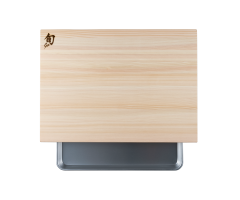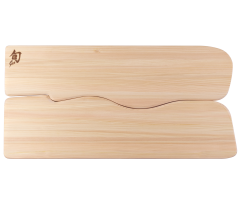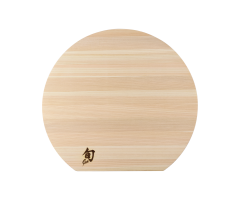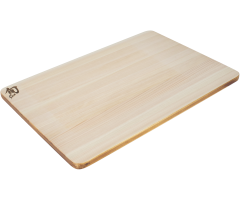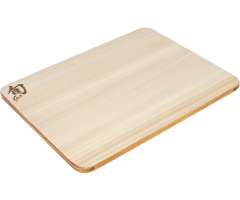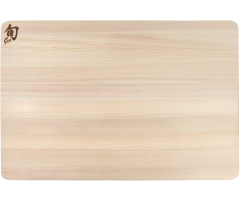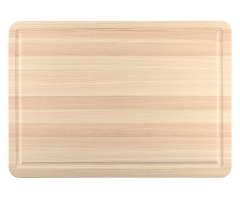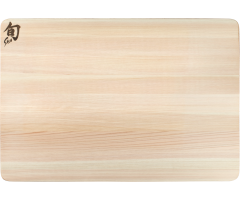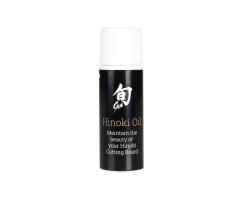We use cookies to make your experience better. To comply with the new e-Privacy directive, we need to ask for your consent to set the cookies. Learn more.

Automatic Knife Release Form
You must read and fill out this form before Kai USA, Ltd. can sell to you, or ship to you, any Automatic or Butterfly Knives. By electronically signing this online form, you confirm that you are in compliance with the federal statutes shown below as well as any applicable state and local regulation.
By placing an order or receiving a product service (such as warranty repair service) from us, you agree that you meet any or all of the following criteria:
APPLICABLE FEDERAL STATUTES
18 U.S.C. § 1716 (G) (2) (1-4) provides, in summary:
Switchblade (automatic) knives can be shipped to civilian and armed forces supply or procurement officers and employees of the federal government ordering or procuring or purchasing such knives in connection with activities of the Federal government; to supply or procurement officers in the National Guard, the Air National Guard or militia of the state or territory of the District of Columbia ordering, procuring or purchasing such knives in connections with the activities of such organizations; to supply or procurement officers or employees of the municipal government of the District of Columbia or the government of any state or territory of any county, city or other political subdivision of a state or territory ordering, procuring or purchasing such knives in connection with the activities of such government.
15 U.S.C. § 1244 provides, in summary:
Knives can be shipped by common carrier; that sale, transportation or distribution, possession or introduction into interstate commerce of switchblade knives is authorized if it is pursuant to a contract with the armed forces; or, any member or employee thereof acting in the performance of his or her duty may possess switchblade knives and may have them shipped to him and sold to him or her. The possession and transportation upon his or her person of a switchblade knife or a blade 3 inches or less is authorized to any handicapped individual who has the use of only one arm.
STATE LAW PROVISIONS
It would be impossible to provide an exhaustive review of the laws that may apply in the various fifty states and in the various counties, parishes, municipalities, and other political subdivisions within each state. By signing this form below, you will be certifying that in addition to complying with federal law, you have determined which, if any, state or local laws apply to you, and that you are acting in compliance with those laws.
No Post Office Box addresses can be used on this form. Item(s) must be sent in going UPS or Fed Ex. No USPS shipments will be accepted. If the address that you have filled out on this form is no longer a valid address, you must contact us and fill out a new form.
f-18 form successfully submitted
A confirmation will be sent to your email shortly. You can find your signed form in your Account.
Please note, you cannot add to cart without signing the f-18 agreement


- 1800 SW Teton Avenue
- Tualatin, OR 97062
- Phone: 503-682-1966
- Toll Free: 800-325-2891
- Fax: 503-682-7168
- kaiusa.com
The Right Cutting Board Matters
As beautiful as some cutting boards may be to look at, what they can do to your knives isn't very pretty. If your cutting surface is too hard, it can dull or potentially damage your knife's edge. That's why Shun doesn't recommend cutting on tile, ceramic, marble, granite, or acrylic. Instead, use your Shun knives on cutting boards made of a softer material, something that will "give" under the blade. Our choice? Hinoki wood cutting boards.
Why We Love Hinoki
Hinoki is a type of Japanese cypress wood that has long been used in Japan for its beauty, durability, and delicate, natural fragrance. It is a traditional Japanese building material and was often used in temples and shrines. In fact, Hōryūji Temple, the world's oldest surviving wooden structure, was built of hinoki wood more than 1,300 years ago. So, hinoki is durable. But the magic of hinoki as a cutting board is that this medium-soft wood "gives" as you cut against it. Instead of the sharp, razor-thin edge of your knife hitting a hard, unyielding surface that could damage or dull it, the knife cuts into the hinoki just a little bit. (You'll see knife marks on the board, and that's good.) In practice, what this means is that your sharp edge lasts longer—for more cooking and less honing and sharpening. Hinoki also offers natural antibacterial properties, dries quickly, and has a light, citrusy scent. Shun's hinoki wood is FSC-Certified for sustainable forest practices. Our products are made from wood that comes from forest thinning, which is required for healthy growth. All of this combines to make Shun Hinoki Cutting Boards the perfect choice to ensure your Shun knives get the care they deserve.


Shun's NEW Urushi-Edged Boards Have an Ancient Heritage
If you have ever seen an example of Japan’s famous red-and-black lacquerware, you have seen "urushi." The word urushi describes both the natural tree sap used to create the elegant lacquerware as well as the lacquerware itself. Urushi is a truly ancient Japanese art. The oldest examples date to the Jōmon period of Japanese prehistory. The name may be derived from two Japanese words: uruwashi, which means “beautiful,” and uruosu, meaning “to moisten.” Thus, it is the sap, or moisture, from the tree that is both valuable and beautiful. This natural, undyed lacquer is applied by hand to the edges of Shun's new urushi-edge cutting boards. Why? The end grain of a wood cutting board tends to absorb more moisture than the rest of it. The urushi lacquer prevents this, helping to maintain your cutting board so it can continue to help maintain your knives.
Urushi Sap is Gathered by Skilled Harvesters
The tree from which urushi sap is gathered is known, simply enough, as "the lacquer tree." Its scientific name is rhus vernicifera. The sap contains a resin (urushiol) which, when exposed to air and water, polymerizes to provide a beautiful and very durable finish. To gather the sap, the lacquer tree's bark is removed in a small area and slim cuts are made in the wood. The sap flows out and is scraped up by the harvester. Next, the raw sap is filtered to remove any impurities. It can then be colored if the artisan wishes. Shun's hinoki board urushi lacquer is left in its natural color. Once the urushi lacquer dries, it is extremely durable and impervious to water, acids, alkalis, alcohol, and temperature changes. It is completely food safe, making it a perfect addition to the kitchen.
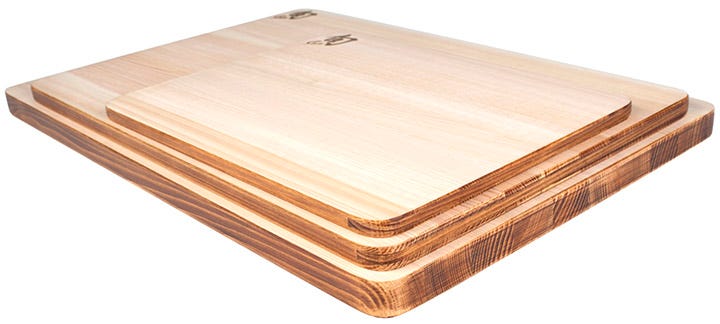



Leading the way to sustainable hinoki forests
When you purchase Shun Hinoki products you are not only helping maintain the edges of your knife. You are also helping to support a network of properly managed forests in Japan.
Since reforestation began in the 1950’s, many of these trees have been harvested, and replanted. Over the years, we have learned these forests need to be properly pruned and thinned to ensure healthy growth. It is our corporate social responsibility to reinvest in these forests so they are healthy, and provide beautiful hinoki products for years to come.
It is also our responsibility to make sure nothing is wasted. The steam produced in the drying process is collected and made into hinoki water for use as an air freshener. Hinoki oil, another byproduct, is used for reconditioning hinoki products, like your hinoki cutting board. The sawdust is mixed with biomass plastic, adding antimicrobial and deodorizing properties, to create various products including tableware and flatware.
The General Incorporation Mokuty Club is a network of individuals and companies committed to the ethical consumption of forest products. All members, from forest owners to retailers, donate funds for afforestation and reforestation efforts. This creates a sustainable stream of funds specifically dedicated to the future of forests across Japan.


Caring for Your Hinoki Cutting Boards
Small or large, with an urushi edge or without, your Shun Hinoki Cutting Board will provide you with many satisfying years of service with just a little TLC. Here are some tips for keeping your hinoki cutting board working its best for you:
- Wet the cutting board before each use; this will help resist staining.
- Wash the board with a mild detergent, then towel it dry. Finally, let it air-dry away from direct sunlight.
- If you notice a stain, try rubbing a cut lemon across the stain to lessen and remove it.
- Both sides of the cutting board can be used. If you notice the board curving, simply turn it over and use the other side until the board re-flattens. Repeat this as needed.
- Please do not wash your hinoki board in the dishwasher.


